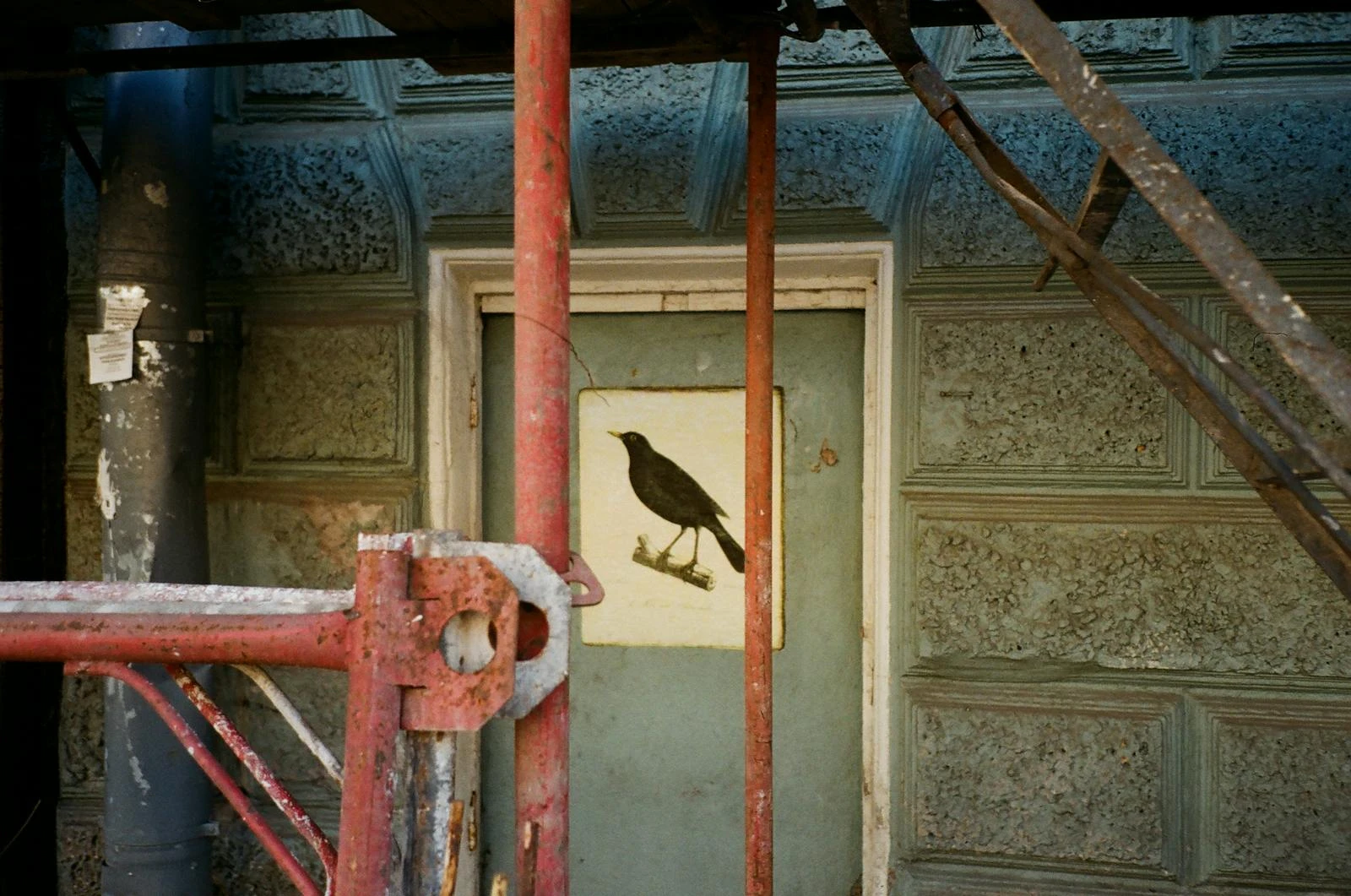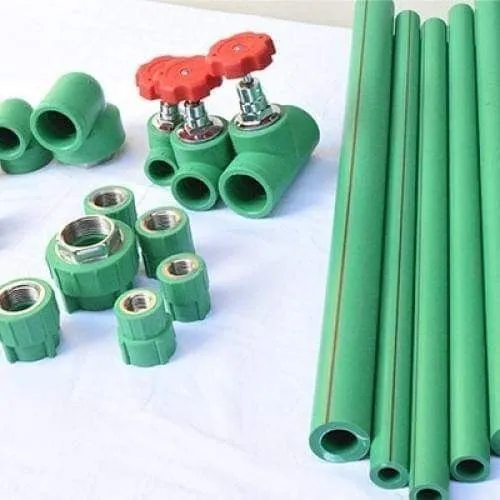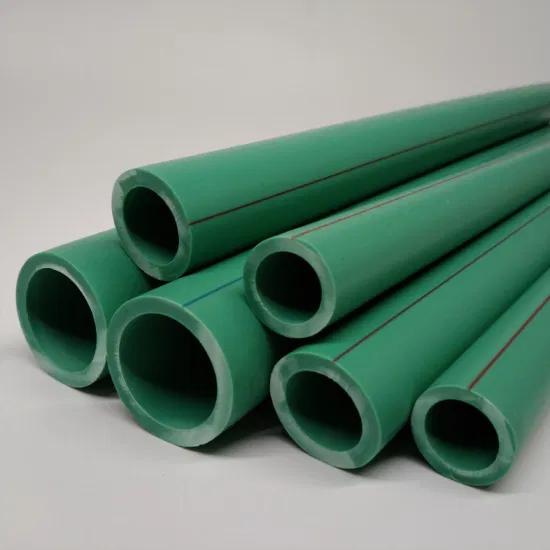Introduce PPR Pipe
PPR (Polypropylene Random Copolymer) pipes and fittings have emerged as a preferred choice in modern plumbing and piping systems. Known for their robustness, flexibility, and durability, PPR Pipe offer a wide range of applications across various industries. This article explores the numerous advantages of PPR pipes and fittings and their applications in different settings.
Understanding PPR Pipe and Fittings
What Are PPR Pipe?
PPR pipes are made from polypropylene, a thermoplastic polymer characterized by its strength, resistance to chemicals, and thermal stability. They are widely used for transporting hot and cold water in residential, commercial, and industrial applications. PPR fittings, on the other hand, are components that connect sections of PPR pipes or connect pipes to fixtures and appliances.
What Are the Key Types of PPR Pipe Fittings?
PPR fittings come in various shapes and sizes, including:
- Elbows: Used to change the direction of the piping.
- Tees: Allow branching in the piping system.
- Reducers: Connect pipes of different diameters.
- Couplings: Join two sections of pipe together.
Advantages of PPR Pipe and Fittings
1. Durability
PPR pipes and fittings are known for their remarkable durability. They can withstand high pressures and temperatures, making them ideal for both hot and cold water applications. The expected lifespan of PPR systems often exceeds 50 years, making them a cost-effective investment in the long run.
2. Corrosion Resistance
Unlike metal pipes, PPR pipes do not corrode or rust. This corrosion resistance means that PPR systems maintain their integrity and functionality over time, even when exposed to harsh conditions or aggressive chemicals. This quality reduces maintenance needs and prolongs the life of the plumbing system.
3. Lightweight and Easy to Handle
PPR pipes and fittings are significantly lighter than traditional materials like copper or steel. This lightweight nature makes them easier to transport, handle, and install, leading to reduced labor costs and faster installation times.
4. Low Thermal Conductivity
PPR has low thermal conductivity, which minimizes heat loss in hot water systems. This property ensures that water maintains its temperature during transport, contributing to energy efficiency and reducing heating costs.
5. Chemical Resistance
PPR pipes and fittings can resist a wide range of chemicals, including acids, bases, and salts. This feature makes them suitable for various applications, from drinking water supply to chemical processing and waste management.
6. Ease of Installation
PPR pipes are joined using heat fusion techniques, which create strong and leak-proof joints. This method is simple and does not require adhesives or special tools, making installation quick and efficient. Additionally, the ability to connect pipes seamlessly helps maintain the integrity of the plumbing system.
7. Environmentally Friendly
PPR is a recyclable material, making it an environmentally friendly choice. The production process has a lower carbon footprint compared to traditional piping materials, and the longevity of PPR systems contributes to reduced waste.
Applications of PPR Pipe and Fittings
1. Residential Plumbing
In residential settings, PPR pipes and fittings are commonly used for:
- Hot and Cold Water Supply: PPR systems efficiently transport water to fixtures like sinks, showers, and washing machines.
- Underfloor Heating: The thermal properties of PPR make it an excellent choice for underfloor heating systems, providing warmth without significant heat loss.
2. Commercial Plumbing
PPR pipes and fittings are extensively used in commercial plumbing systems, such as:
- Office Buildings: Reliable hot and cold water supply systems for restrooms and kitchens.
- Schools and Universities: PPR systems provide efficient water distribution in educational facilities.
3. Industrial Applications
In industrial settings, PPR pipes are employed for:
- Chemical Transport: Their resistance to chemicals makes them suitable for transporting various substances safely.
- Food Processing: PPR systems comply with health regulations, making them ideal for food and beverage applications.
4. Irrigation Systems
PPR pipes are also widely used in agriculture for irrigation systems. Their durability and resistance to environmental factors ensure a reliable water supply for crops. PPR systems are capable of withstanding pressure variations and harsh weather conditions, making them suitable for extensive agricultural applications.
5. Fire Fighting Systems
PPR pipes are increasingly being used in fire fighting systems due to their high-pressure tolerance and corrosion resistance. They provide a reliable and durable solution for water supply in emergency situations, ensuring that fire fighting systems function effectively when needed.

Installation Process of PPR Pipe and Fittings
1. Preparation
Before installation, gather all necessary materials and tools. Ensure that the work area is clean and free of debris.
2. Cutting the Pipes
Use a pipe cutter or saw designed for plastic pipes to achieve clean cuts. Measure and mark the pipes accurately to avoid wastage.
3. Heating the Fittings
To join PPR fittings to pipes, heat both the pipe end and the fitting using a heat fusion machine. This process requires precise temperature control for optimal fusion.
4. Joining the Fittings
After heating, quickly insert the pipe into the fitting while ensuring proper alignment. Hold in place until cooled to form a strong, leak-proof bond.
5. Testing the System
Once installation is complete, conduct a pressure test to check for leaks. This step is critical to confirm that the system is ready for use.
Maintenance of PPR Pipe and Fittings
PPR systems require minimal maintenance due to their durable nature. However, regular inspections are recommended to ensure that everything remains in good working order. Here are some key maintenance tips:
1. Regular Inspections
Periodically check the plumbing system for signs of wear, leaks, or damage. Early detection of issues can prevent more significant problems later.
2. Cleaning
If PPR pipes are used for transporting food or chemicals, regular cleaning is essential to maintain quality and safety.
3. Address Repairs Promptly
If any leaks or damages are detected, address them promptly using the same heat fusion techniques for repairs. Quick action can prevent further complications.
Conclusion PPR Pipe
PPR pipes and fittings offer a myriad of advantages that make them an ideal choice for modern plumbing systems. Their durability, chemical resistance, and ease of installation have led to widespread adoption across various applications, including residential, commercial, and industrial settings. As the demand for efficient and sustainable plumbing solutions continues to grow, PPR pipes and fittings are poised to play an increasingly significant role in the future of plumbing.
Choosing PPR pipes and fittings not only ensures a reliable and efficient plumbing system but also contributes to environmental sustainability. With their remarkable properties and versatility, PPR systems are indeed redefining excellence in modern plumbing.
FAQs
- What are the main advantages of using PPR pipes and fittings?
PPR pipes and fittings are durable, corrosion-resistant, lightweight, and easy to install, making them ideal for various plumbing applications. - What types of applications are PPR pipes used for?
PPR pipes are used in residential plumbing, commercial plumbing, industrial applications, irrigation systems, and fire fighting systems. - How are PPR pipes and fittings joined together?
PPR fittings are joined using heat fusion techniques, which create strong, leak-proof joints without the need for adhesives. - What maintenance do PPR pipes and fittings require?
PPR systems require minimal maintenance, but regular inspections and cleaning are recommended to ensure optimal performance. - Are PPR pipes environmentally friendly?
Yes, PPR is a recyclable material, and its production has a lower carbon footprint compared to traditional piping materials, making it an environmentally friendly choice.

















